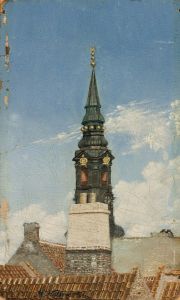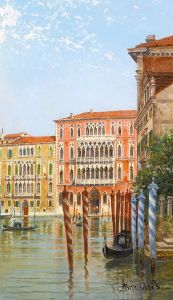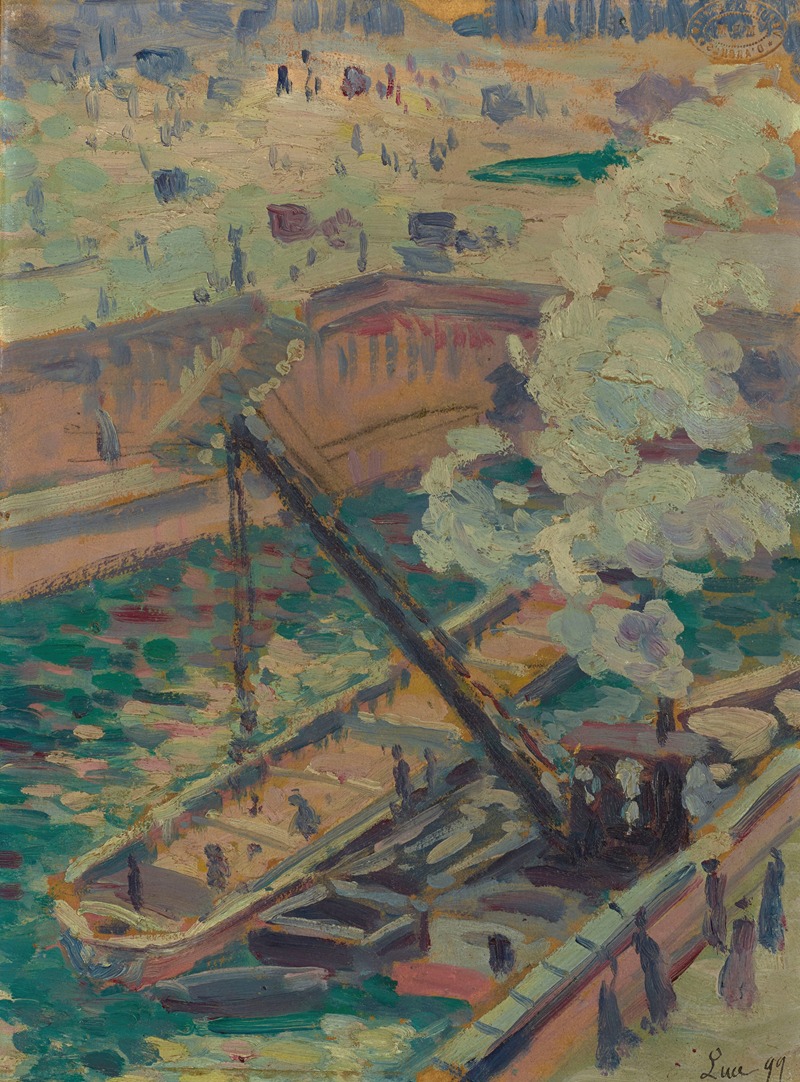
Pochade pour Notre-Dame
A hand-painted replica of Maximilien Luce’s masterpiece Pochade pour Notre-Dame, meticulously crafted by professional artists to capture the true essence of the original. Each piece is created with museum-quality canvas and rare mineral pigments, carefully painted by experienced artists with delicate brushstrokes and rich, layered colors to perfectly recreate the texture of the original artwork. Unlike machine-printed reproductions, this hand-painted version brings the painting to life, infused with the artist’s emotions and skill in every stroke. Whether for personal collection or home decoration, it instantly elevates the artistic atmosphere of any space.
Maximilien Luce was a prominent French Neo-Impressionist painter known for his contributions to the Pointillist movement, a technique characterized by the application of small, distinct dots of color to form an image. Among his numerous works, "Pochade pour Notre-Dame" stands out as a notable piece that reflects his artistic style and thematic interests.
"Pochade pour Notre-Dame" is a painting that captures the iconic Notre-Dame Cathedral in Paris, a subject that has inspired countless artists over the centuries. Luce's interpretation of this architectural masterpiece is rendered with his characteristic attention to light and color, employing the Pointillist technique to bring the scene to life. The term "pochade" refers to a quick, small-scale painting, often created to capture the essence of a scene or subject. This suggests that Luce's work was likely intended as a study or a preliminary exploration of the cathedral's form and atmosphere.
Maximilien Luce was born in Paris in 1858 and initially trained as an engraver before turning to painting. His early exposure to the working-class neighborhoods of Paris influenced his choice of subjects, often depicting urban scenes and the lives of ordinary people. Luce became associated with the Neo-Impressionist movement in the late 1880s, joining artists like Georges Seurat and Paul Signac in exploring the scientific application of color theory to painting.
The Notre-Dame Cathedral, a masterpiece of French Gothic architecture, has been a central symbol of Paris since its completion in the 14th century. Its intricate facade, soaring spires, and stunning stained glass windows have made it a favorite subject for artists. In "Pochade pour Notre-Dame," Luce captures the cathedral's grandeur and the play of light on its stone surfaces, likely focusing on the interplay of colors that change with the time of day and weather conditions.
Luce's use of Pointillism in this work would have involved applying small dots of pure color to the canvas, allowing the viewer's eye to blend these colors optically. This technique was rooted in contemporary color theory and aimed to achieve greater luminosity and vibrancy than traditional methods. By employing this technique, Luce was able to convey the dynamic atmosphere surrounding Notre-Dame, capturing the essence of the scene with a sense of immediacy and vitality.
Throughout his career, Luce remained committed to the ideals of the Neo-Impressionist movement, advocating for social justice and peace through his art. His works often reflect a deep empathy for the human condition and a keen observation of the world around him. "Pochade pour Notre-Dame" is a testament to his ability to merge technical precision with emotional depth, offering viewers a glimpse into both the physical structure of the cathedral and the intangible qualities of light and color that define its presence.
Maximilien Luce continued to paint and exhibit his works until his death in 1941. His contributions to the Neo-Impressionist movement and his unique artistic vision have left a lasting impact on the art world, with "Pochade pour Notre-Dame" serving as a fine example of his mastery of color and form.





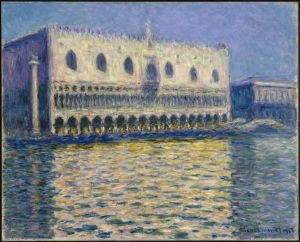
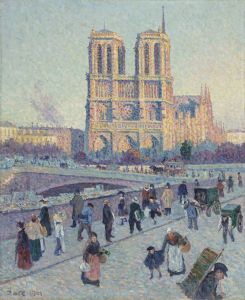

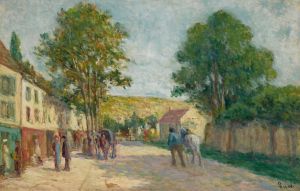
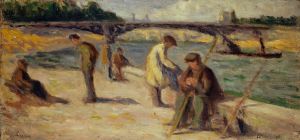
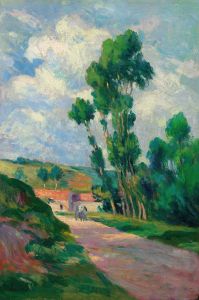


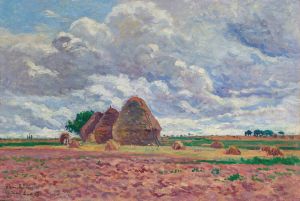
![Designs for the Puck Theater , New York, NY.] [Exterior perspective study..](/imgs/249325/s/winold-reiss-designs-for-the-puck-theater-new-york-ny-exterior-perspective-study-aba2fbab.jpg)
![Proposed decorations for Fisher Building, Detroit.] [Theatre foyer 109 & adjacent galleries](/imgs/249387/s/winold-reiss-proposed-decorations-for-fisher-building-detroit-theatre-foyer-109-adjacent-galleries-88035d64.jpg)

